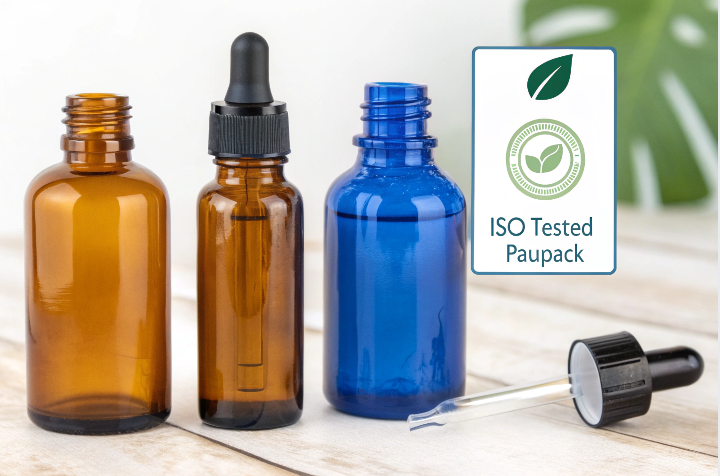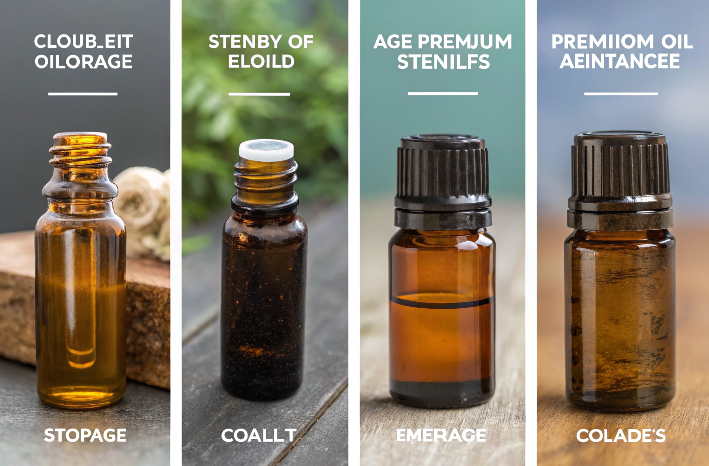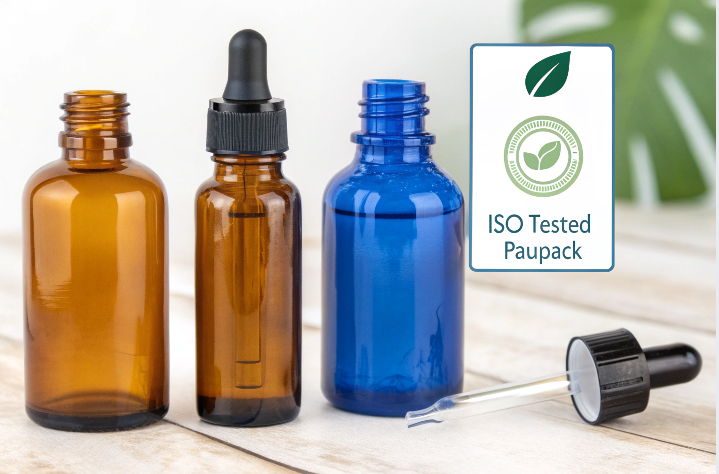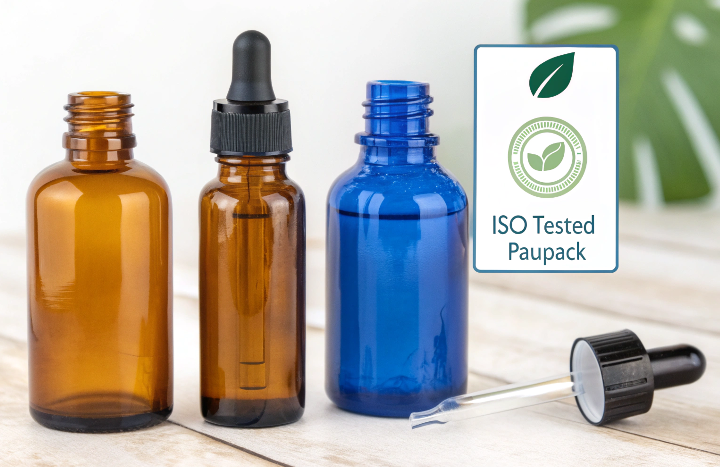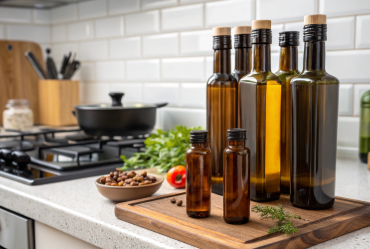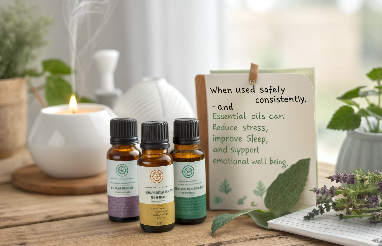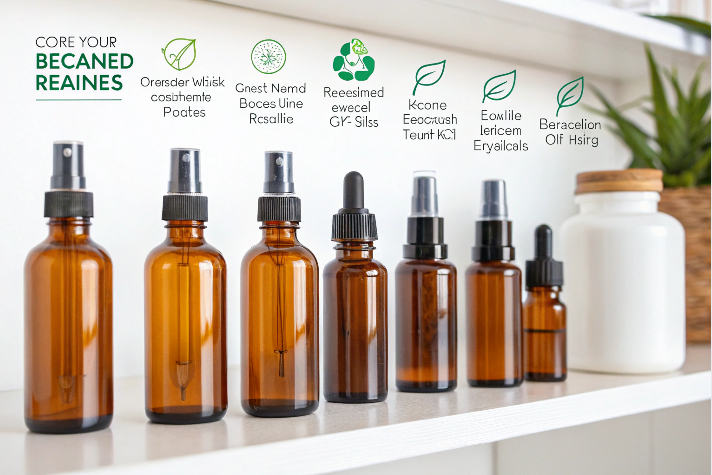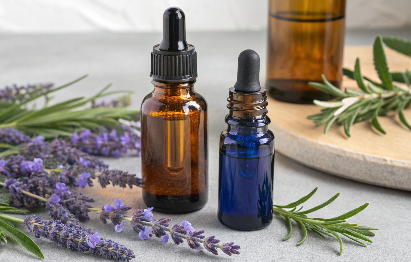You’ve invested in premium essential oils and stored them in dark glass bottles, just like the experts recommend. But how long do they actually last—and how do you know when they’re no longer effective or safe to use?
Most essential oils stay good for 1 to 3 years when stored properly in dark glass bottles, although some can last up to 5–10 years depending on the oil type, storage conditions, and bottle integrity.
In this in-depth guide, I’ll break down the factors affecting essential oil shelf life, signs of spoilage, and best practices for extending your product’s freshness. Whether you’re formulating at home or managing a global aromatherapy line, this knowledge is crucial to product quality and customer trust.
Introduction to Essential Oil Storage
Essential oils, like olive oil and other cooking oils, require proper storage to maintain their quality, flavor, and nutritional value. When it comes to storing essential oils, it’s crucial to consider the type of container, storage location, and handling practices to prevent degradation and spoilage. In this section, we’ll explore the importance of proper storage for essential oils and provide tips on how to keep them fresh.
Importance of Proper Storage
Proper storage is vital for essential oils, as they can be sensitive to light, heat, and oxygen. Exposure to these elements can cause the oils to become rancid, lose their flavor and aroma, and even affect their nutritional value. For example, olive oil, a popular essential oil, can become rancid if exposed to heat, light, or oxygen, which can lead to an unpleasant taste and smell. By storing essential oils in a cool, dark place, using airtight containers, and handling them with care, you can help preserve their quality and extend their shelf life.
Should essential oils be kept in dark bottles?
Yes—always. Whether you're storing them for personal use or commercial distribution, dark glass bottles are essential for preserving the chemical stability, aroma, and therapeutic properties of essential oils.
Why Dark Glass Is Essential
Essential oils are highly volatile. They’re made up of small molecules that evaporate easily and react to light, heat, and oxygen.
|
Risk Factor |
Effect on Oil Quality |
|---|---|
|
Light (UV/visible) |
Causes photo-oxidation, breakdown of molecules |
|
Heat |
Speeds up evaporation, accelerates aging |
|
Oxygen |
Leads to oxidation, rancidity, and scent changes |
|
Plastic Containers |
Can leach chemicals, deform, or absorb oils |
Glass Color and UV Protection
|
Glass Color |
UV Blocking |
Best Use |
|---|---|---|
|
Amber |
★★★★★ |
Best for long-term oil storage |
|
Cobalt Blue |
★★★★☆ |
Stylish, moderately protective |
|
Green |
★★☆☆☆ |
Minimal protection, mostly decorative |
|
Clear |
☆☆☆☆☆ |
Only for samples or display (short-term) |
At PauPack, all our essential oil bottles—droppers, rollers, sprays—are available in ISO-certified amber or cobalt glass, ensuring optimal protection and performance.
Choosing the Best Container
When it comes to storing essential oils, the type of container used can make a significant difference. Dark glass bottles, stainless steel containers, and ceramic bottles are popular choices for storing essential oils, as they provide protection from light and oxygen.
Best Container for Essential Oils
Dark glass bottles are an excellent choice for storing essential oils, as they block out UV rays and prevent light exposure. Look for bottles with a tight-fitting lid or a pouring spout to prevent oil from spilling or evaporating. Stainless steel containers and ceramic bottles are also good options, as they are airtight and can help prevent oxidation. When choosing a container, consider the size of the bottle and the amount of oil being stored. Smaller bottles, like 100ml or 250ml, are ideal for storing essential oils, as they can help prevent oil from becoming rancid.
How can you tell if essential oils have gone bad?
Not all expired oils show obvious signs right away. The key is to observe changes in scent, texture, and color over time.
You can tell an essential oil has gone bad when its aroma becomes dull, sour, or off, the texture feels thicker or sticky, and the oil color darkens unusually.
Signs of Oil Degradation
|
Indicator |
What It Means |
|---|---|
|
Foul or musty scent |
Oxidation or contamination occurred |
|
Weaker or no scent |
Volatile compounds have evaporated |
|
Thicker texture |
Oxidation or exposure to moisture |
|
Cloudy appearance |
Impurities or microbial growth (rare) |
|
Irritation on skin |
Oil has changed chemically—do not use |
Some oils, like citrus or pine-based ones, are especially prone to oxidation. Others, like patchouli and sandalwood, age like fine wine.
What to Do With “Off” Oils
If the oil has changed smell or consistency, do not use it on skin or in diffusers. Instead, you can:
-
Use it in cleaning sprays (if not foul-smelling)
-
Apply to garbage bins or outdoor areas
-
Discard safely with household waste (never down the drain)
Why did my essential oil turn black?
A color change in your essential oil, especially if it turns darker or black, is a clear warning sign.
Essential oils may turn black or dark brown due to oxidation, exposure to light or heat, contamination, or degradation of the carrier oil in a blend.
Common Causes of Darkened Oils
|
Cause |
Description |
|---|---|
|
Photo-oxidation |
UV exposure caused molecular changes |
|
Contaminated dropper |
Water or bacteria introduced via dropper or pipette |
|
Overheating |
Stored near stoves, radiators, or direct sunlight |
|
Old oil with carrier |
Carrier oil like coconut or jojoba went rancid |
|
Improper cleaning |
Bottle reused without full sanitation |
At PauPack, we advise clients to always store oils at 10–25°C and avoid any plastic liners inside caps that might degrade over time.
How long do essential oils last in the bottle?
Essential oil shelf life depends on the oil type, storage method, and whether it’s pure or blended. There’s no one-size-fits-all answer.
Pure essential oils typically last 1–3 years, but some oils like patchouli or sandalwood can remain usable for over a decade if stored in dark glass at cool temperatures.
Shelf Life Estimates by Oil Type
|
Oil Type |
Approx. Shelf Life |
Notes |
|---|---|---|
|
Citrus oils |
1–2 years |
Most volatile; oxidizes quickly |
|
Tea Tree, Eucalyptus |
2–3 years |
Moderate shelf life |
|
Lavender, Rosemary |
3–4 years |
Stable with proper storage |
|
Frankincense, Myrrh |
5–6 years |
Resinous oils age gracefully |
|
Sandalwood, Patchouli |
8–10+ years |
Improve in scent profile over time |
Blended oils (with carrier oils or alcohol) usually have shorter shelf lives, typically 6 months to 2 years, due to oxidation of the non-essential components.
Best Practices for Shelf Life Extension
-
Store in amber or cobalt glass
-
Use reducers or airtight droppers
-
Avoid opening frequently (air causes oxidation)
-
Label clearly with batch and open date
-
Refrigerate citrus oils if possible
At PauPack, we support clients with custom labeling services, including batch tracking, expiry dates, and UV-coated labels that withstand oil and humidity.
Storage Location Considerations
The storage location of essential oils can also impact their quality and shelf life. It’s essential to store essential oils in a cool, dark place, away from direct sunlight and heat sources.
Storing Oils in a Cool Location
A dark cabinet or pantry is an ideal location for storing essential oils, as it provides a stable temperature and protects the oils from light exposure. Avoid storing essential oils near the stove, oven, or other heat sources, as this can cause the oils to become rancid. If you don’t have a dark cabinet, consider using a UV-resistant container or storing the oils in a box or bag to block out light. By storing essential oils in a cool, dark location, you can help preserve their quality and extend their shelf life. Remember to always check the expiration date and store essential oils in their original bottle or a dark glass bottle with a tight-fitting lid to prevent oxidation and spoilage.
BONUS: The PauPack Storage Protocol
We don’t just sell bottles—we help brands store smarter, using best-in-class materials and guides.
Our Solutions for Longevity
-
ISO-tested amber glass for all essential oil lines
-
One-stop packaging including reducers, tamper-evident caps, and UV coating
-
Frosted, matte black, and bamboo finishes that look beautiful and protect
For B2B Buyers and Brands
We work with:
-
Aromatherapy brands that need long shelf-life in transit
-
Private label skincare needing safe multi-batch storage
-
Retailers and refillers seeking robust, reusable packaging
Ask about our storage best practice kits—including dropper hygiene guides, heat-seal options, and anti-oxidation components.
Conclusion
With the right bottle, care, and knowledge, essential oils can last for years without losing their power. Dark glass is not a trend—it’s your formula’s first line of defense. At PauPack, we help you choose smarter packaging and implement better storage so your oils stay fresh from lab to shelf to end customer.




